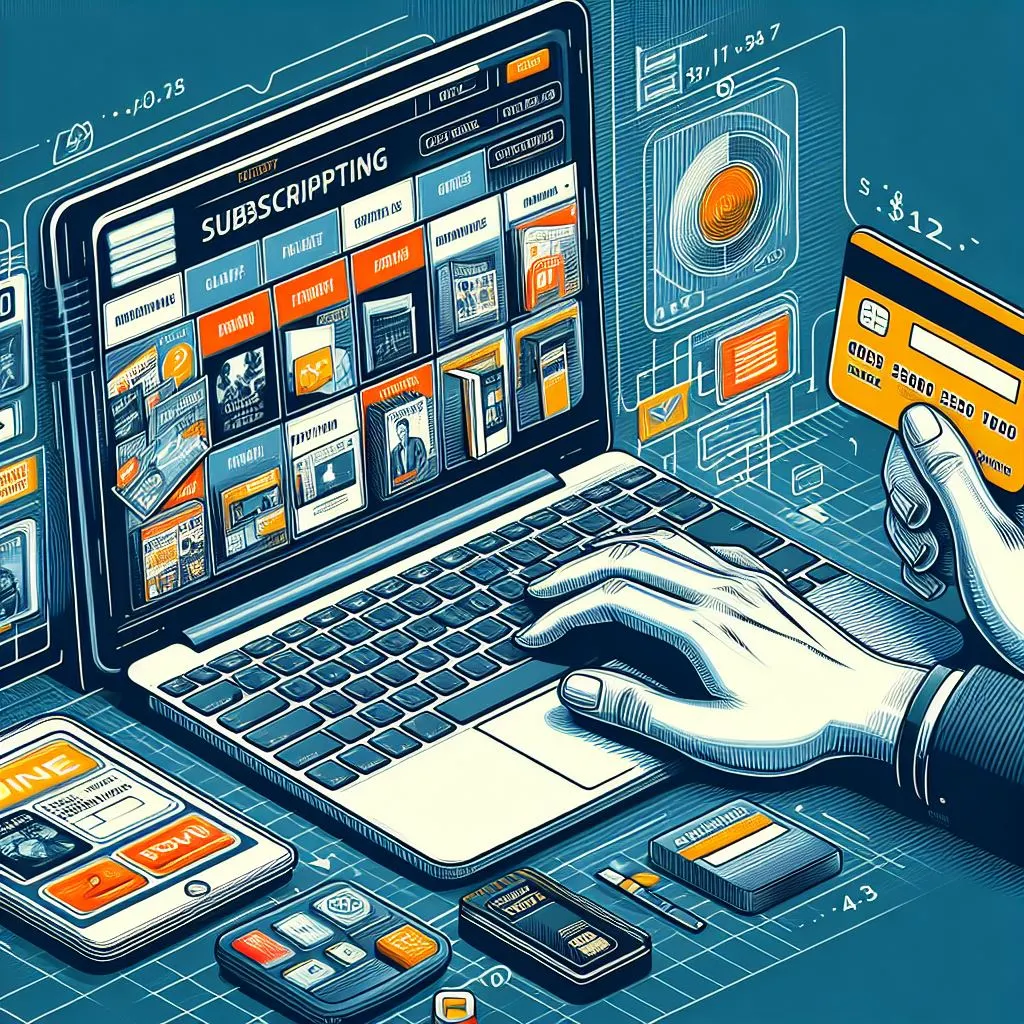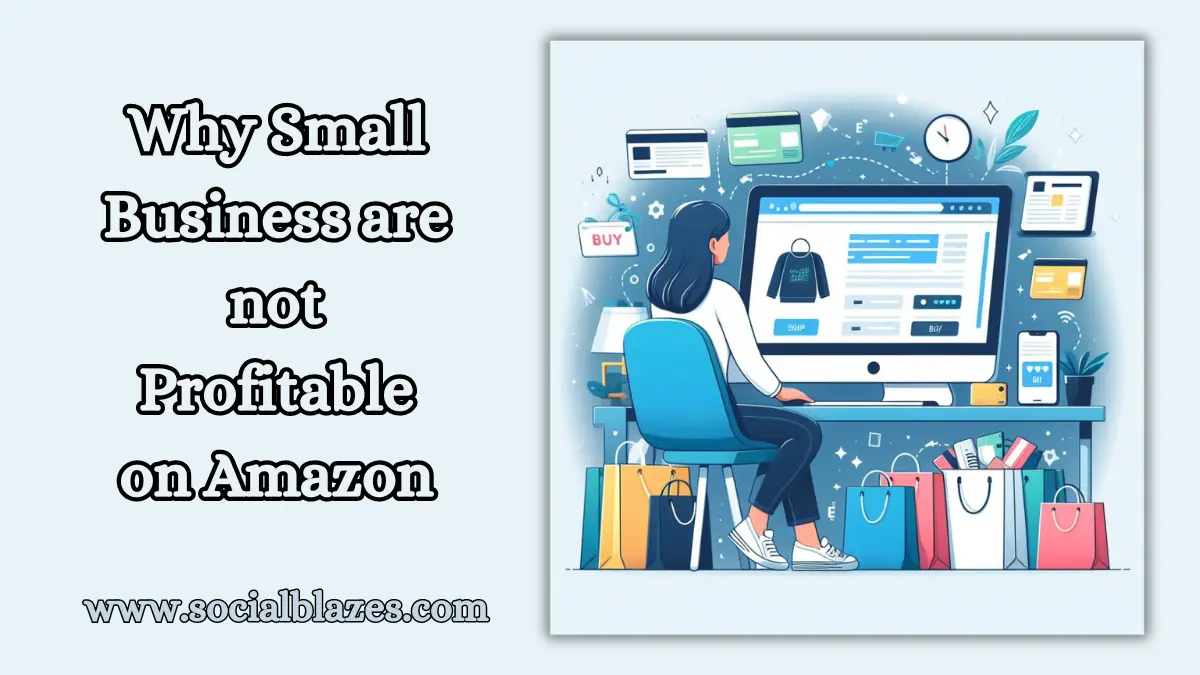Table of Contents
You might have seen people bragging about how much they made selling online on some popular e-commerce websites like Amazon and Walmart, but the reality is far different than their content and attractive thumbnails.
Today while I was scrolling through YouTube shorts I saw a popular e-commerce seller who creates content and he explained why small business are not profitable on Amazon.
So, I thought this is a big problem that big manufacturers and suppliers crush small businesses, this problem is worth mentioning to the new resellers who are considering reselling after watching some creators on YouTube and their fake Shopify revenue screenshots.
Why Small Business Are Not Profitable on Amazon
E-commerce companies often advertise how easy it is to sell on Amazon, you are just a few clicks away from reaching millions of customers at a minimum price but as Thanos said “Reality is often disappointing.
This issue is not something new, after watching that short I searched for more and found similar videos where new sellers are complaining about, how they have lost thousands of dollars in just a few months on reselling.
Here are some common problems and mistakes that I found that small businesses are facing while selling on Amazon
1. Tough Competition From Manufacturers

E-commerce platforms are known for their low prices and heavy discounts, so the lower the price more sales are generated, and this benefits directly to the manufacturers directly because manufacturers can lower their prices to a minimum while resellers have to maintain a certain price to avoid losses.
Let’s suppose you are a reseller who is selling sneakers, you bought the sneakers at wholesale price from manufacturers and now you have to sell them on Amazon.
Let’s assume you bought the sneakers $20/pair from wholesalers now you have to list these times 4-5 times the buying cost because you have to pay the platform charges, inventory management, and packing charges.
Please note that these platforms handle the delivery but sellers have to pay the delivery charges. and finally advertising on the platform. After all these charges if you are not selling your sneakers for around $100 you won’t be making any profit from that.
Now for manufacturers, they can manufacture a product and sell directly on the websites, completely removing the third-party seller, this allows the manufacturers to sell the same product at a lower price than the resellers, now the resellers are crushed here.
2. Hidden Platform Charges
For those who don’t know e-commerce platforms charge you a hefty amount for selling, and it depend on the type of product you are selling if you are selling jewelry items you have to pay 20% of the $250 while 5% thereafter.
Everything almost comes under a 15-20% charge slab which is a lot from small businesses. Even if you own your website there won’t be that many charges.
They always advertise on their platform that they are empowering small businesses but in reality, they are just crushing the small players with heavy hidden charges.
3. Extra Cost
1. Subscription Charges

Business owners who are selling more than 40 items have to pay a monthly subscription fee of $39.99/month. While sellers who are selling less than 40 items don’t have to pay any fee. Now everyone knows the more products you list on Amazon the more sales you can make.
Let’s say you have 10 items and each item has 5-6 varieties, you have to pay that fee ultimately. Even if you are a small business owner and selling appeals, you can’t just list a single item and hope it would make you all the sales.
In the end, you have to pay for a subscription ultimately.
2. Fee Per Item
I discussed about subscription charges above now the sellers who have paid the subscription charges can escape from the fee per item the small sellers who were avoiding the subscription fee now have to pay $0.99 for each item sold.
If you do some calculations here you can see clearly that buying a subscription is way more convenient than paying for each item sold because you are selling even 10 items per day, monthly this charge would be around $100 this is the hidden charge that small sellers avoid and end up spending more.
3. Shipping Charges

Popular e-commerce brands handle their shipping like Amazon has Amazon fulfillment, if you decide to choose their delivery service you have to pay extra for delivery charges.
Delivery charges depend upon the size and weight of the product that you are shipping. If the seller is shipping its product amazon will provide you with some.
4. Referral Fee
Sellers have to pay the referral fee for each item sold through an affiliate and this can go up to 8-45% of the item cost. These charges differ depending on the product category.
Check the referral fee for each item.
5. Closing Fee
I already discussed the extra charges that you have to pay for each item now if you are selling digital products, you have to pay an extra closing fee.
6. Refund Charges
If you have received a return order in that case your referral amount will be refunded but they you charge you some processing fee which means you will end up losing on that sale, and sellers know that return orders are not that rare.
4. No Proper Marketing Strategy
Since small sellers have limited budgets, they can’t spend extra thousands of dollars to hire a marketing team for their online promotions like running Ads and PPC campaigns.
And when they try to do it themselves to save some cost they end up spending a lot of money without without proper knowledge and experience.
So the small sellers need to consider a separate marketing budget for their business.
Large manufacturers often beat the small sellers in this game since they already have a marketing team ready with an unlimited budget.
Also Read: How to Attract Customers to Your Small Business
5. Return Orders
Return orders are another major reason why small businesses have to move out from the big e-commerce platforms like Amazon and Flipkart, return orders are very common for every seller but this impacts heavily the new sellers because in the initial stage, the sellers try to recover from investments.
But return orders make the losses doube for the small businesses that are barely surviving, the platform doesn’t take responsibility for the return order and there are high chance that you cannot sell your return order.
Sellers have to pay for the delivery and return fee for the product and there is no guarantee that the product is not damaged in the delivery or swapped in between, if the same product is not returned these e-commerce platforms would take 1-2 months to resolve and compensate for that.
This means your money is tucked and delivery charges are gone also they will take extra charges to resolve that return order, for a small seller that is too much hassle.
Conclusion
If you look closely Amazon is not exactly on your side of the business, they are not helping you with their ridiculously high charges, they are just squeezing you to make more and more money.
Also, the platform is almost saturated, so if you don’t have unique products you will be lost along with the other thousands of small sellers.


Hi
I have just took a look on your SEO for socialblazes.com for its SEO metrics and saw that your website could use a push.
We will increase your ranks organically and safely, using only state of the art AI and whitehat methods, while providing monthly reports and outstanding support.
More info:
https://www.digital-x-press.com/unbeatable-seo/
Regards
Mike Gilson
Digital X SEO Experts